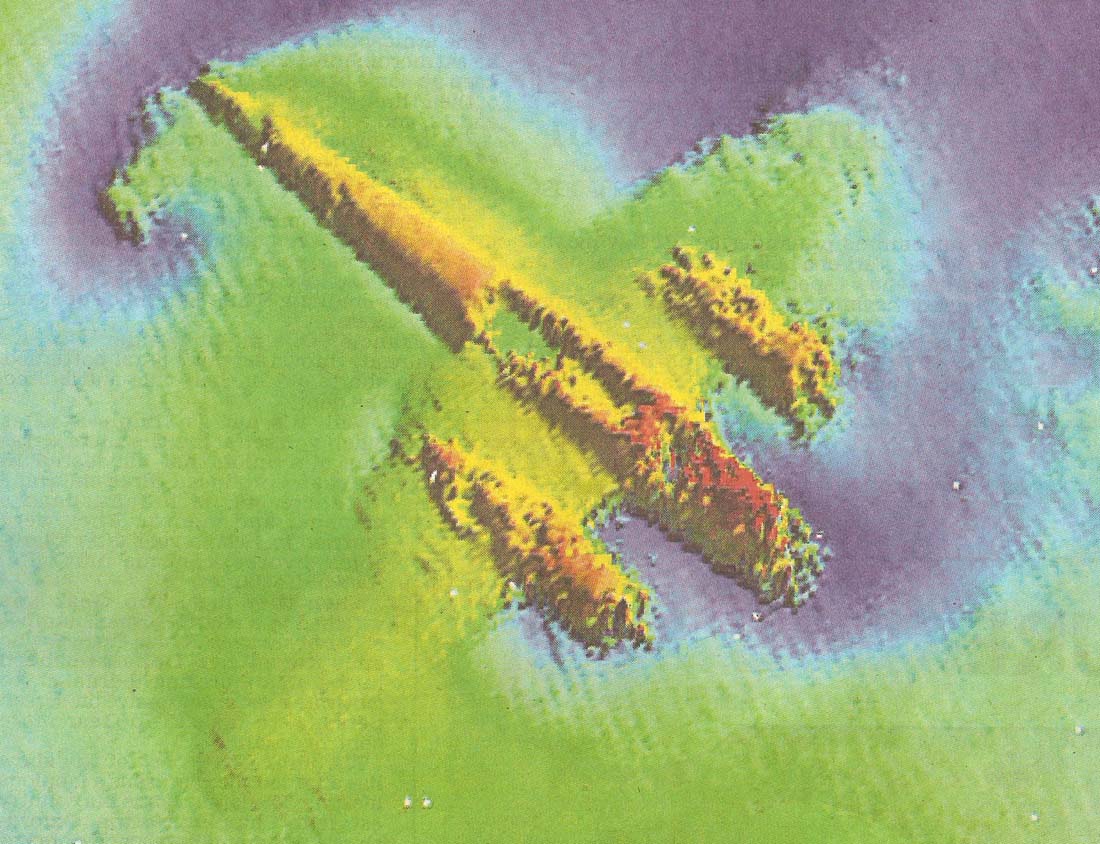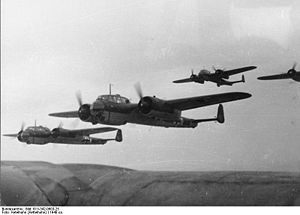RAF Museum


https://www.youtube.com/watch?v=GenifS8BqeQ
|
Dornier Appeal http://www.bbc.co.uk/news/uk-22380915 From RAF Cosford: German Bomber located on Goodwin SandsA rare German wartime bomber has been discovered on the Goodwin Sands, seventy years after it was shot down during the height of the Battle of Britain. Shot down on 26th August 1940, the Dornier's historical importance is immense: this is the world's only surviving Do-17, a German aircraft type that played a crucial role in the Battle. Since the Dornier emerged from the sands two years ago, the RAF Museum has worked with Wessex Archaeology to complete a full survey of the wreck site in preparation for the aircraft's recovery and eventual exhibition at Hendon. Project UpdateThe plane is now in the process of being raised as the task has begun.BackgroundMore than 1,500 examples of the Do-17 were built. The twin engine, twin fin configuration together with the 'pencil' fuselage was particularly distinctive. The most numerous model was the Do-17Z-2, operated by a crew of four and carrying a maximum bomb load of 2,000lbs. Over 400 Do-17 participated in the Battle of Britain during the course of which nearly 200 examples were destroyed. Research by the Air Historical Branch and the RAF Museum indicate that the wreck is Do-17-Z2 Ser No 1160 of 7/III/KG3 (5K + AR) lost on 26 August 1940, the height of the Battle of Britain. The Dornier 17 was part of a large enemy formation intercepted by RAF fighter aircraft at midday on 26 August 1940 as they attempted to attack airfields in Essex. This particular aircraft was forced to make an emergency landing on the Goodwin Sands at low tide after an attack by Defiant fighters of No 264 Sqn that left both engines stopped and the crew wounded. The Dornier, flown by Feldwebel (Flt Sgt) Willi Effmert attempted a wheels-up landing on the Goodwin Sands. He touched down safely and the aircraft sank inverted. Effmert and his observer were captured but the other crewmen died and their bodies were washed ashore later. Raising the Dornier 17The aircraft is in remarkable condition - considering the events surrounding its loss plus the effects of spending so many years under water. Other than marine concretion it is largely intact, the main undercarriage tyres remain inflated and the propellers clearly show the damage inflicted during their final landing. Work to conserve and prepare the Dornier for display will be undertaken at the RAF Museum's award-winning conservation centre at Cosford. Here the Dornier will be placed alongside the Museum's Vickers Wellington which is currently undergoing long term restoration Air Vice-Marshal Peter Dye, Director General of the RAF Museum said that "The discovery of the Dornier is of national and international importance. The aircraft is a unique and unprecedented survivor from The Battle of Britain. It is particularly significant because, as a bomber, it formed the heart of the Luftwaffe assault and the subsequent Blitz." The RAF Museum, with the support of English Heritage and the Ministry of Defence, is now developing a recovery plan to protect the aircraft from any further damage and to provide for its long term preservation. There is concern, however, that material has recently been removed illegally from the wreck site - although a number of items have now been retrieved. Air Vice-Marshal Dye stated that "The Dornier will provide an evocative and moving exhibit that will allow the Museum to present the wider story of the Battle of Britain and highlight the sacrifices made by the young men of both air forces and from many nations." The Dornier Official figures state 2,139 Do 17s were built on German assembly lines. At the Dornier factory at Oberpfaffenhofen, 328 Do 17Es were built along with a further 77 Do 17Fs and 200 Do 17M variants. Do 17Z production figures for Oberpfaffenhofen stand at 420. At Friedrichshafen, 84 Do 17Ks were built, some of which were sold to the Yugoslav Royal Air Force. Do 17P production was spread out over different factory lines. At Siebel/Halle, eight were built. At the Henschel factory at Berlin-Schönefeld 73 were constructed. At the HFB plant in Hamburg 149 were built. Henschel also produced some 320 Do 17Zs, HFB contributed to construction of 74 at its Hamburg plant, and another 73 were built at Siebel. Some 105 examples of the Dornier Do 215B was later built at Oberpfaffenhofen. By 19 September 1938, the Luftwaffe had received 579 Dornier Do 17s. These were mostly Do 17E, F, M and P variants. During 1939–1940, some 475 Dornier Do 17Z bombers, 16 reconnaissance aircraft and nine night fighters were built. Another 100 Dornier Do 215s, an updated variant of the Do 17, were built during this period also.
The 3 images below were taken at RAF Cosford Museum on 19th Feb 2015.
General characteristics
Performance
Armament
http://www.birminghamair-raids.co.uk/ http://www.justgiving.com/Dornier17 http://www.rafmuseum.org.uk/cosford/conservation-centre/dornier-17-conservation-project.cfm
|